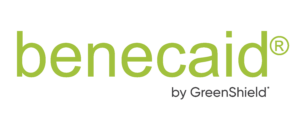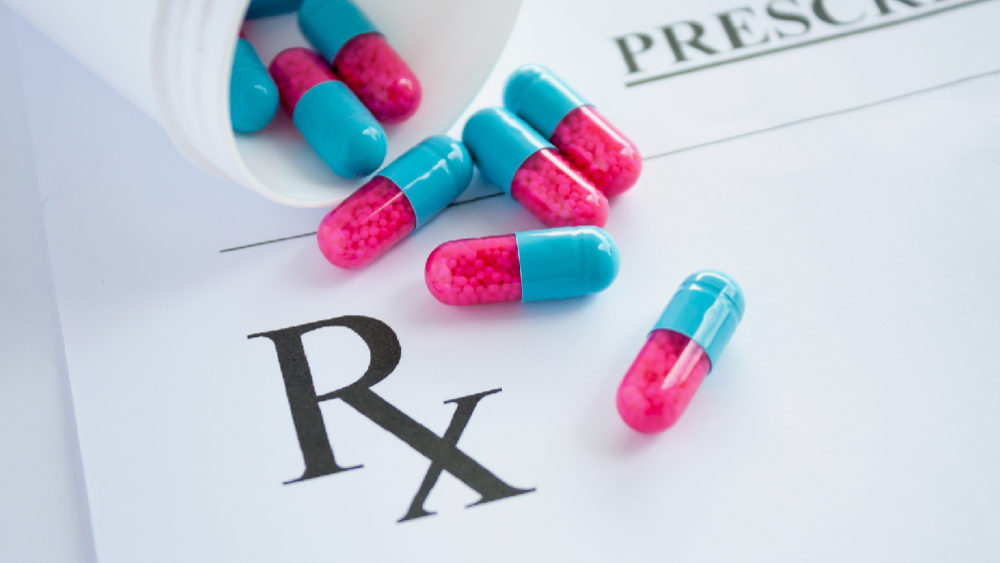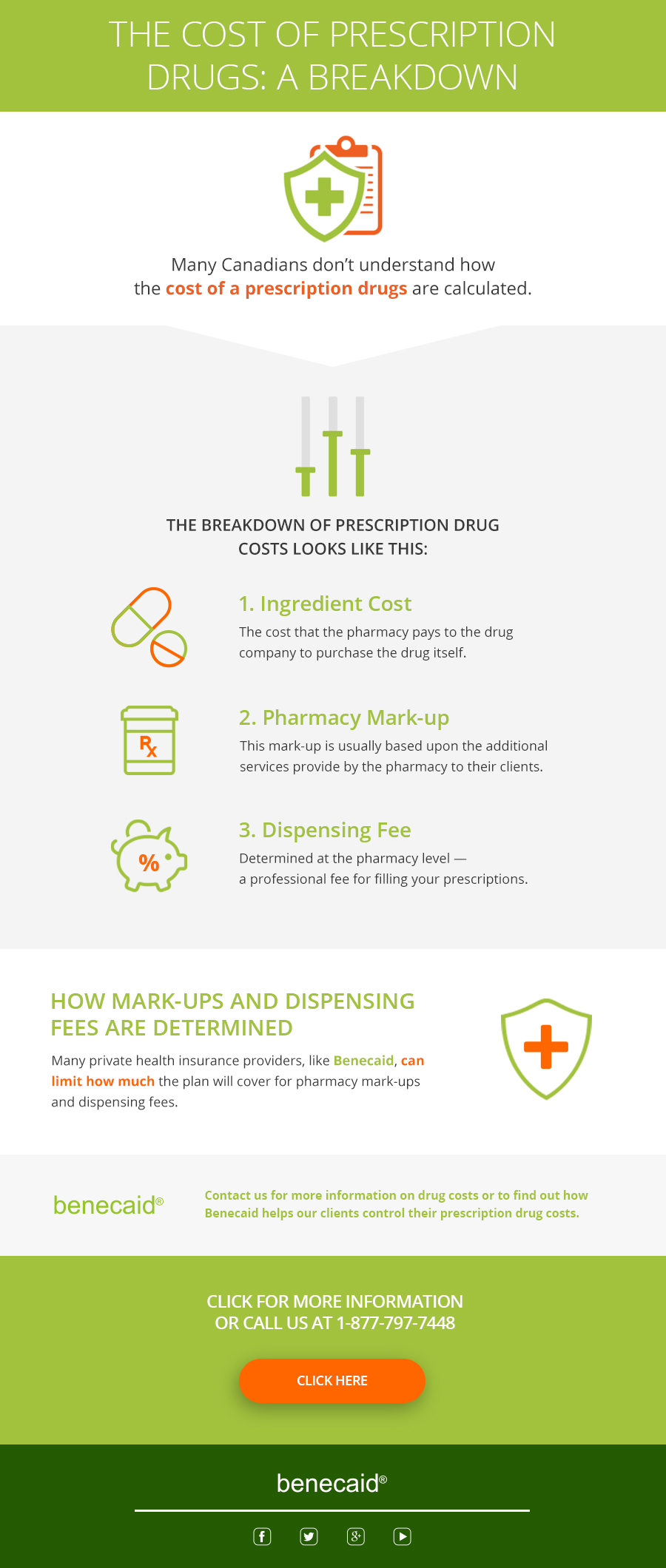It is fairly straightforward and easy for Canadians to handle drug claims at the pharmacy. Simply hand over your prescription and almost immediately, you’re told how much you owe. But have you ever noticed how the amount you pay can vary from drug to drug or even between different pharmacies? Many Canadians don’t understand how the cost of a prescription drugs are calculated.
Generally speaking, when a plan member has to pay just a small amount out-of-pocket, it’s chalked up to co-insurance. But larger out-of-pocket drug fees may make you question what exactly it is you’re paying for. And as it turns out, when you pay for drugs, you’re not just paying for the drug ingredients.
Ultimately, the breakdown of all drug costs looks like this:
Ingredient Cost
This cost is fairly set-in-stone. It’s the cost that the pharmacy pays to the drug company to purchase the drug itself. This can differ based on a few factors. Generally the cost of a drug will be greater if the drug is new to the market. A “generic” drug with many substitute options available will cost considerable less.
Pharmacy Mark-up
As in all businesses, in order to make a profit, pharmacies mark-up the price of the drugs they resell to you. This mark-up is usually based upon the additional services provide by the pharmacy to their clients. The number of pharmacists available, the hours of operation and the location of the pharmacy can all play a role. All pharmacies charge different mark-up fees.
Dispensing Fee
Finally, all pharmacies also charge dispensing fees – a professional fee for filling your prescriptions. Again this is determined by the pharmacy themselves.
How mark-ups and dispensing fees are determined
The 3 components listed above make up the costs of all drugs. But what’s important to note here is that the degree to which pharmacy mark-ups and dispensing fees are charged can vary. As a result, the ultimate cost of any given prescription drug will largely depend you go to the pharmacy or shop for drugs. That’s why understanding the breakdown of the cost is so important.
Many private health insurance providers, like Benecaid, will put a limit on how much the plan will cover for pharmacy mark-up and dispensing fees. This is a protocol that protects both plan members and employers from unreasonably high costs. We take into consideration the province where the sale of the drug takes place, how much the average pharmacy charges, and the market itself.
How can you help control your drug costs?
Ask questions
Make sure you’re looking at your receipts and ask your pharmacist to walk you through the different costs. Ask your pharmacist about what they offer to ensure that you’re taking advantage of additional services.
Shop around
Many people choose their pharmacy based on convenience and location but make sure you look at all your options. Express Scripts offers a free online pharmacy option that will deliver your prescription drugs right to your home or office? Click here to sign up or find out more.
For more information on drug costs or to find out about Benecaid helps our clients control their prescription drug costs, please contact your Benecaid Benefits Consultant or send us an email at sales@benecaid.com.




Comments are closed.